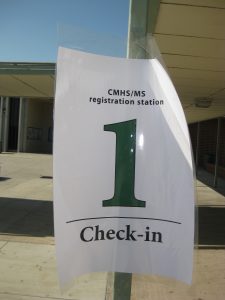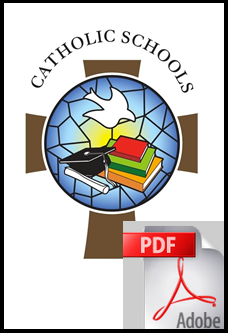8 Tips to Improve Your Back-to-School Registration Process
Each summer, many districts begin their school registration and enrollment process for new and returning students. For some schools, this process can be a time consuming, dreaded affair filled with mounds of paperwork and hours of data entry. For other schools using online options, the back to school registration process is a smooth, stress free transition to a new school year.
Here are eight tried-and-true tips to help improve your back-to-school registration process.
1. Communicate with parents — Send a Principal’s Welcome Back letter. Staying connected and building mutual trust with parents from the start helps provide students with a strong foundation for learning throughout the year.
2. Utilize your school’s Web site — Provide parents and students with easy, online access to your customized registration forms right from your website. Post events, announcements, photos, etc. to stay connected with students, parents and volunteers throughout the school year.
3. Ensure easy website navigation — Provide easy-to-follow steps for registration on your Web site. Include a Frequently Asked Questions (FAQ) section or a page regarding online registration.
4. Provide adequate training — Conduct a back-to-school registration training meeting with staff and volunteers so that they are familiar with your system and know where to find pertinent information. If volunteers and sub-admin are checking in students, ensure they have the correct role privileges. Recruit adequate staff and volunteers. Provide staggered time slots and make sure the times overlap to make for an easy transition.
5. Ensure data is accurate prior to information being loaded into the school’s SIS — Online registration software such as K-12 Online can provide a checks and balances system that allows information to be approved by an admin prior to it being uploaded to the school’s SIS, alleviating the worry of parents uploading data directly to the system.
 6. Provide good signage — Have adequate signage so parents know exactly where to go when they arrive. Have signs outside with a copy of the registration form pasted to it with instructions of where to go if they do not have the completed registration form.
6. Provide good signage — Have adequate signage so parents know exactly where to go when they arrive. Have signs outside with a copy of the registration form pasted to it with instructions of where to go if they do not have the completed registration form.
7. Simplify school registration day — If it is going to be a warm day, set up in the gym or another inside area rather than outside and make sure you have enough space to accommodate students and parents. Ask your PTA or a service group to host a refreshment station for parents. It provides a place to congregate and helps build a sense of community among parents. Have computers with access to the Internet and printers available (computer lab or library) for those who have not completed the registration process. Provide explicit directions on how to log in through the school network.
8. Start planning for next school year — After school registration is over, review the process with staff and discuss ideas for improvements. Email a short survey to parents requesting feedback about the registration process.



